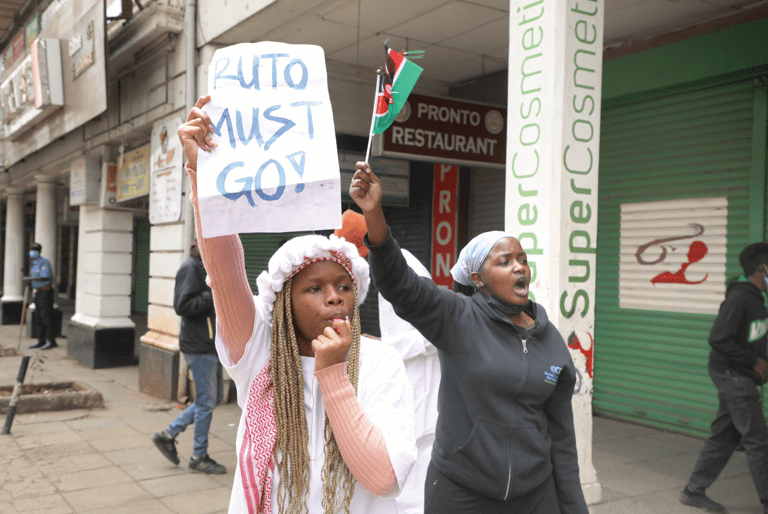In June, many Kenyans took to the streets, protesting against what they perceived as punitive taxes imposed by President William Ruto’s administration. Although President Ruto withdrew the controversial Finance Bill 2024 in response to the protests, demonstrators remain steadfast in their demand for his resignation. This sentiment reflects a broader frustration with the current administration, which has led to calls for Ruto to step down.
Legal Routes for Presidential Removal in Kenya
Kenya’s constitution outlines specific procedures for the removal of a sitting president before the end of their term. There are two primary legal mechanisms for this: removal on grounds of incapacity (Article 144) and impeachment (Article 145). The process for both routes is complex and involves multiple steps.
Removal Due to Incapacity
A president can be removed from office if they are deemed incapable of performing their duties due to physical or mental incapacity. The process begins with a motion moved by a member of the national assembly, supported by at least 25% of its members. If the motion is approved by the majority, the speaker informs the chief justice, who then appoints a special tribunal. The tribunal, composed of medical practitioners, a high court advocate, and a presidential nominee, investigates and submits a report. If the report finds the president incapacitated, the national assembly votes on the report. A majority vote to ratify the report results in the president’s removal.
Impeachment Process
The impeachment of a president requires a motion supported by at least one-third of the national assembly members. Grounds for impeachment include gross violations of the constitution, criminal activity, or gross misconduct. If at least two-thirds of the national assembly support the motion, it is sent to the senate for further investigation. The senate may appoint a special committee to review the charges. If the committee substantiates the allegations, the senate votes on whether to uphold the charges. A two-thirds majority vote in the senate results in the president’s removal from office.
Challenges and Current Political Dynamics
Currently, the opposition faces significant challenges in securing the numbers needed to initiate these processes. The national assembly is predominantly controlled by the government, with 179 out of 349 seats, compared to 158 held by the opposition. In the senate, both the government and opposition hold an equal number of seats, complicating efforts to build a majority for impeachment.
Implications of Presidential Removal
If a president is removed from office, the deputy president assumes the role for the remainder of the term. If the deputy president cannot take office, the speaker of the national assembly steps in as interim president, and a new election must be held within 60 days.
Democracy and Constitutional Protections
Kenya’s constitution sets high thresholds for the removal of a president to protect the democratic process and prevent opportunistic attempts to remove a leader based on dissatisfaction. While the protests against President Ruto indicate widespread frustration, the constitution provides mechanisms for addressing grievances through legal and electoral processes. Rather than pursuing premature removal, Kenyans might consider engaging more constructively with the political process or wait until the next general election in 2027 to express their dissatisfaction through the ballot box.





